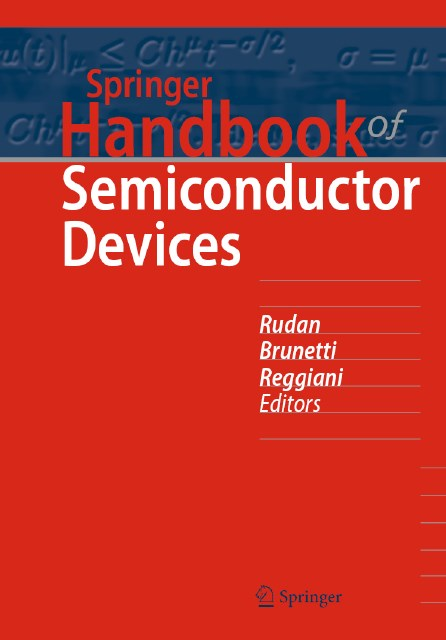Mark Lundstrom (Purdue University, USA)
New Era Electronics: A Lecture Notes Series
Pages: 424; October 2025
https://doi.org/10.1142/14454
This book is the fourth volume in the New Era Electronics lecture notes series, a compilation of volumes defining the important concepts tied to the electronics transition happening in the 21st century.
The lectures in this volume are about the underlying physics that makes semiconductor devices possible. The treatment is physical and intuitive; the text is descriptive, not heavily mathematical. The lectures are designed to be broadly accessible to students in science or engineering and to working engineers. They present an electrical engineering perspective, but those in other fields may find them a useful introduction to the approach that has guided the development of semiconductor technology for more than 75 years.
For those who use semiconductor devices, these lectures provide an understanding of the physics that underlies their operation. For those developing semiconductor technologies, these lectures provide a starting point for diving deeper into the physics, chemistry, and materials science relevant to semiconductors. Those who have taken advanced courses will see how specific topics fit into a broader framework.
Book Sections
Front Matter; pp. i–xvi
Part 1: Materials Properties and Doping
- Lecture 1: Energy Levels to Energy Bands; pp. 3–16
- Lecture 2: Crystalline, Polycrystalline, and Amorphous Semiconductors; pp. 17–27
- Lecture 3: Miller Indices; pp. 29–39
- Lecture 4: Properties of Common Semiconductors; pp. 41–46
- Lecture 5: Free Carriers in Semiconductors; pp. 47–56
- Lecture 6: Doping; pp. 57–75
- Lecture 7: The Wave Equation; pp. 79–99
- Lecture 8: Quantum Confinement; pp. 101–116
- Lecture 9: Quantum Tunneling and Reflection; pp. 117–129
- Lecture 10: Electron Waves in Crystals; pp. 131–145
- Lecture 11: Density of States; pp. 147–164
- Lecture 12: The Fermi Function; pp. 167–177
- Lecture 13: Fermi-Dirac Integrals; pp. 179–190
- Lecture 14: Carrier Concentration vs. Fermi Level; pp. 191–203
- Lecture 15: Carrier Concentration vs. Doping Density; pp. 205–213
- Lecture 16: Carrier Concentration vs. Temperature; pp. 215–228
- Lecture 17: Current Equation; pp. 231–250
- Lecture 18: Drift Current; pp. 251–270
- Lecture 19: Diffusion Current; pp. 271–280
- Lecture 20: Drift-Diffusion Equation; pp. 281–288
- Lecture 21: Carrier Recombination; pp. 289–308
- Lecture 22: Carrier Generation; pp. 309–323
- Lecture 23: The Semiconductor Equations; pp. 327–342
- Lecture 24: Energy Band Diagrams; pp. 343–361
- Lecture 25: Quasi-Fermi Levels; pp. 363–374
- Lecture 26: Minority Carrier Diffusion Equation; pp. 375–396
Back Matter; pp. 397–406




















